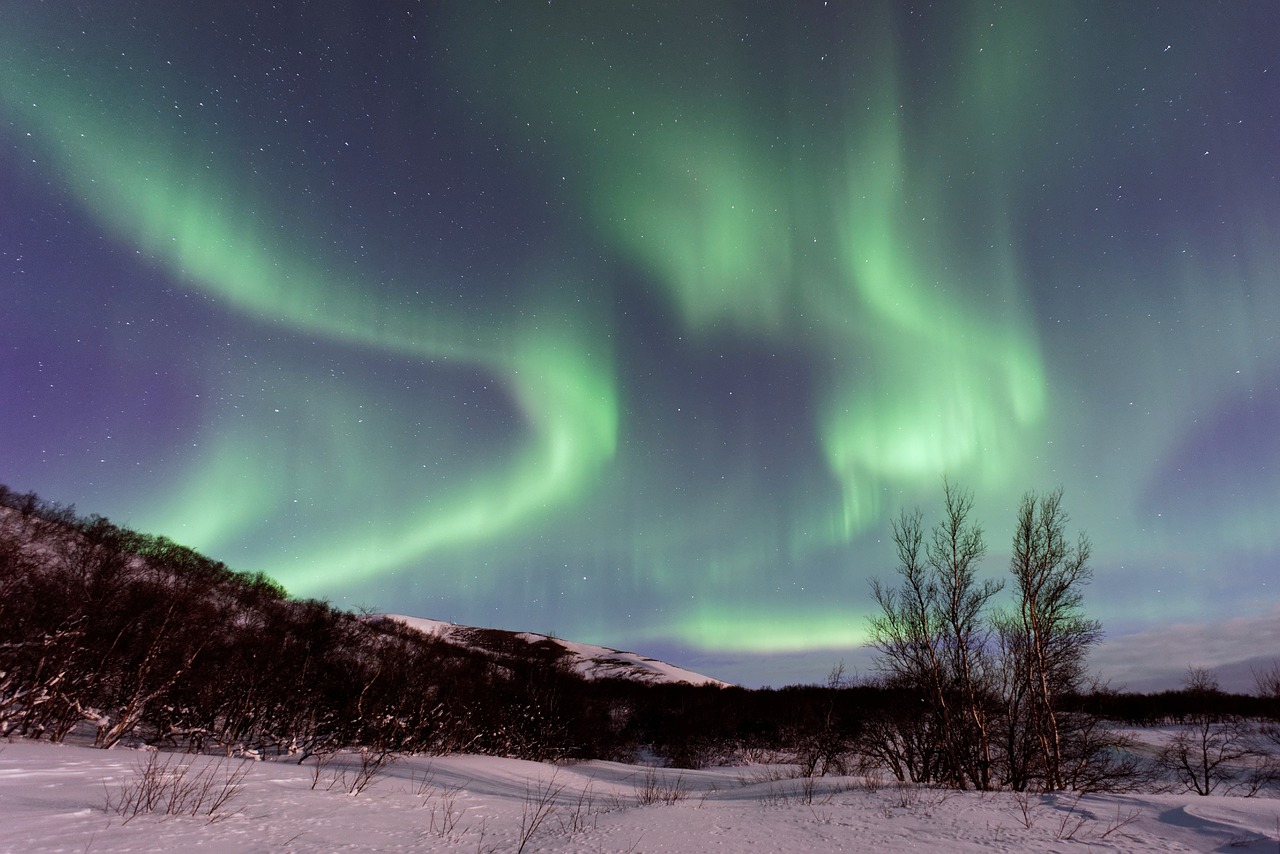People in the Midwest and Northeastern United States might not have to travel too far north to witness an aurora. The sun sent out a burst of hot plasma that is expected to hit the Earth, setting off possible solar storms that will be visible in selected parts of the country.
The plasma, called a coronal mass ejection (CME) shot out of the sun during an M5-class flare this September 4, Mashable reports.
The National Oceanic and Atmospheric Administration’s Space Weather Prediction Center has forecast that the CME will create a strong solar storm, resulting in highly charged auroras that will be visible in lower latitudes than usual. Auroras occur in skies above the surface of the planet when charged solar particles are pushed down along magnetic field lines to the Earth’s upper atmosphere, creating the dreamy, rippling, waving effect they are famous for.
The NOAA said,
Current analysis and forecasts reflect CME arrival late on 6 September, 2017; with CME effects continuing into 7 September.
The best guess is that auroras may be seen as far south as Ohio and Pennsylvania, given the right weather conditions.
The sun has been highly active in recent days, primarily due to a series of sunspots that have rotated to face the Earth. On Wednesday, one of the sunspots released two massive flares, one of which was the largest observed in 10 years, according to estimates.
The level of activity happening on the sun is deemed unusual, as it is nearing its low point in the 11-year solar cycle it takes from being an active to a quiet star.
Solar particles that make it to atmosphere can have a dramatic effect on neutral molecules, causing them to glow. The more powerful the solar storms are, the lower the aurora can dip to lower latitudes.
Extreme solar flares are also dangerous, especially for satellites in space close to the Earth, as the plasma jolts can damage then, and even mess with the electrical grid here. Scientists are still looking into the impacts of these most recent flares.
























